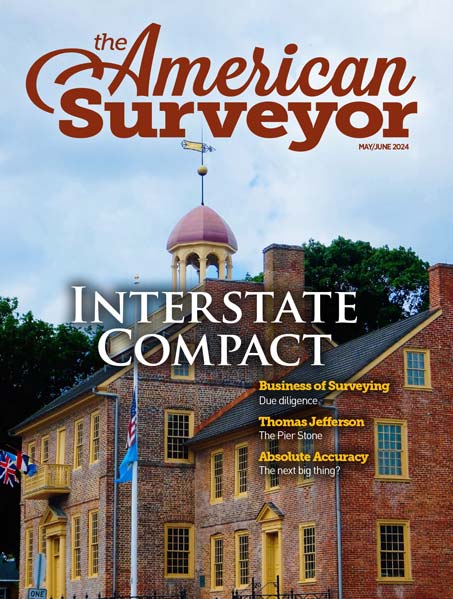"Construction spending growth, to the extent that it exists, continues to be the domain of publicly financed projects, particularly those attached to the stimulus package passed in February 2009." —ABC Chief Economist Anirban Basu
In a sign that the nation’s economic recovery continues to stumble, private nonresidential construction spending decreased 0.6 percent in May, according to the July 1 report by the U.S. Census Bureau. On a year-over-year basis, private nonresidential construction spending is down 24.8 percent. Total nonresidential construction spending – which includes both private and public – slipped 0.1 percent from last month and 15.2 percent from May 2009, and now stands at $571.7 billion. (See graph below).
Eight of the 16 nonresidential construction subsectors increased spending for the month, including water supply, up 5.5 percent; religious-related construction, up 4.2 percent; and highway/street construction, up 2.7 percent. Five subsectors reported higher construction spending compared to May 2009, including conservation and development, up 23 percent; transportation, up 13.8 percent; and highway/street construction, up 5.6 percent.
In contrast, those subsectors that had decreases in construction spending in May include lodging, down 3.9 percent; amusement and recreation, down 2.5 percent; and transportation, down 2.3 percent. On a year-over-year basis, lodging is down 62.1 percent, office construction is down 33.8 percent, commercial construction is down 31.8 percent, and manufacturing is down 31.4 percent.
Public nonresidential construction was up 0.4 percent for the month, but is still down 3.7 percent from one year ago. Residential construction spending fell 0.4 percent for the month of May, but was up 11.9 percent from the same time last year. Overall, total construction spending – which includes both residential and nonresidential – was down 0.2 percent from April 2010 and down 8 percent from May 2009.
What This Means
“One could view today’s release as positive news,” said Associated Builders and Contractors (ABC) Chief Economist Anirban Basu. “The level of construction spending in May hardly changed from the prior month, and April represented an improvement over March. However, for the most part, today’s report should be viewed as further indication that the U.S. economic recovery continues to stall.
“Construction spending growth, to the extent that it exists, continues to be the domain of publicly financed projects, particularly those attached to the stimulus package passed in February 2009,” said Basu. “This is clearly apparent in the list of subsectors that continue to register year-over-year growth, such as conservation and development, transportation and highway/street.
“If the increase in construction spending was motivated by privately financed activities, there would be a basis upon which to rejoice since that would be an indication that the private portion of the construction economy is gaining traction,” Basu said. “Privately motivated growth can be sustained indefinitely, at least theoretically. On the other hand, publicly financed growth associated with deficit spending cannot last into perpetuity, not even theoretically.
“Unfortunately, steep year-over-year declines continue to be apparent in privately financed, developer-driven activities, most notably in construction spending related to lodging, which has declined 62.1 percent over the past 12 months,” said Basu.
“The bottom line is that the impact of the stimulus will eventually run out. When that happens, privately financed activities will need to be expanding merely to hold construction spending level in the U.S. In the absence of private momentum, the near-term remains largely positive for segments directly impacted by stimulus dollars and largely negative for those that are not,” Basu said.
